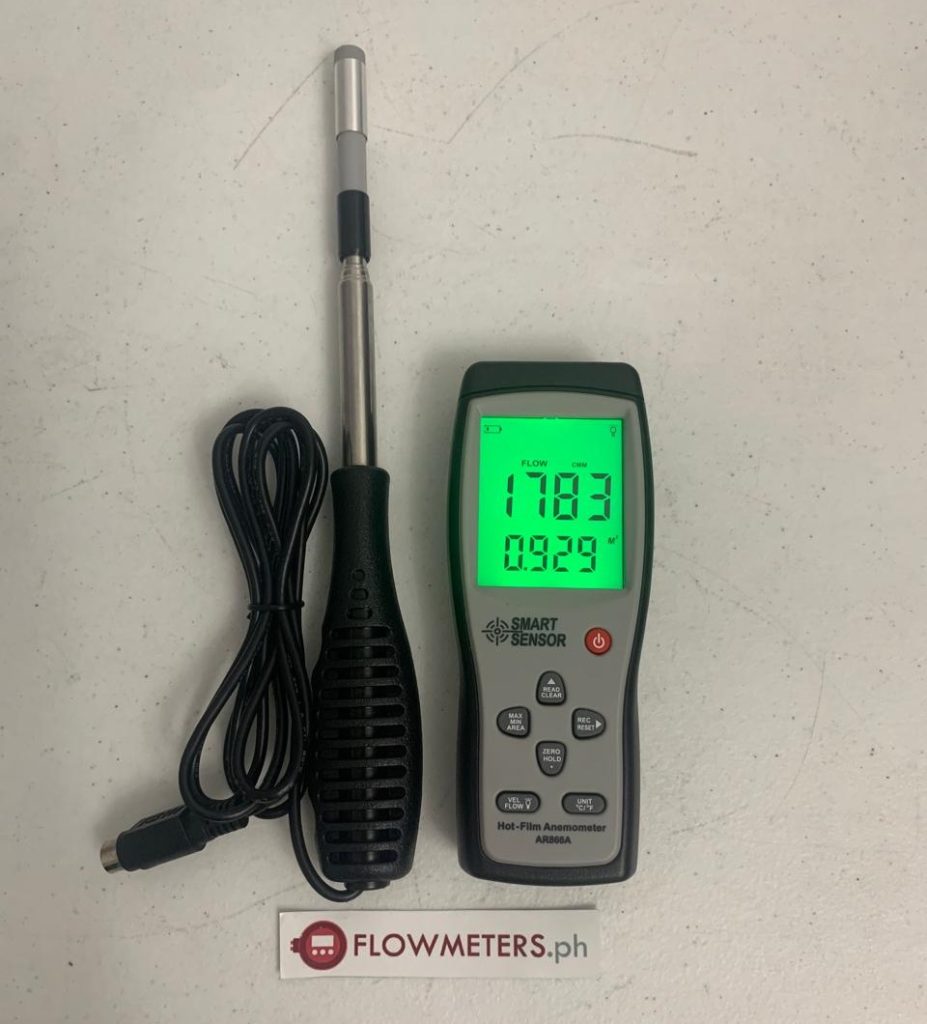An anemometer is an essential instrument designed to measure the speed and sometimes direction of wind or airflow. Its applications extend far beyond meteorology, where it’s commonly associated; anemometers are also widely used in fields like HVAC systems, wind turbine operations, and environmental monitoring. With technological advancements, modern anemometers are now capable of performing more complex tasks, such as measuring air pressure, temperature, and even humidity simultaneously, making them versatile tools for various industries.
Types and Working Principles
There are several types of anemometers, each operating on unique principles suited to different environments and measurement needs:
Cup Anemometers: These measure wind speed by capturing the wind in rotating cups attached to a vertical rod. The wind speed is proportional to the rotation speed, making it a straightforward tool for meteorological applications.
Hot-Wire Anemometers: These are ideal for low-speed airflows in controlled environments, such as laboratories or HVAC systems. They work by heating a fine wire, and as air flows over the wire, the cooling effect is measured to determine airflow speed.
Laser Doppler Anemometers: Using laser beams, these sophisticated instruments measure the velocity of particles in a moving airstream, making them ideal for high-precision applications in fluid mechanics and research environments.
Ultrasonic Anemometers: These anemometers use sound waves to measure wind speed and direction. They have no moving parts and are highly accurate, making them well-suited for long-term environmental monitoring, particularly in harsh weather conditions.
Applications Across Industries
- Meteorology: Anemometers are foundational in weather forecasting, helping meteorologists monitor and predict weather patterns, track storm systems, and evaluate climate data.
- HVAC Systems: In heating, ventilation, and air conditioning, anemometers ensure air flows efficiently, enhancing energy efficiency and indoor air quality.
- Wind Energy: Wind turbine operators use anemometers to monitor wind speed and direction to maximize energy production and protect equipment during high winds.
- Industrial Safety: Industries that handle gases or volatile chemicals use anemometers to assess airflow and ventilation in confined spaces, preventing hazardous gas accumulation.
Air Flow Sensor
Hot-Wire Anemometer
Air flow sensors play a major role in modern industrial settings, especially in the HVAC industry but are also an important tool for scientific, environmental as well as leisure activities.
FEATURED PRODUCTS
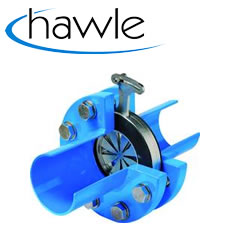
HD300: CFM/CMM Thermo-Anemometer
The adjustable orifice plate can be used as static throttling element to adjust a constant flow rate or as cavitation prevention (dynamic pressure orifice plate)
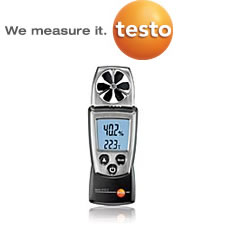
testo 410-1 handy vane anemometer
testo 410-1 measures air speed and temperature. It is ideal for quick spot checks at air outlets on account of its integrated measurement with the
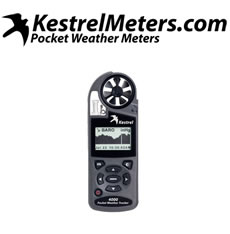
Kestrel 4000 Weather Meter
The Kestrel 4000 Pocket Weather Meter is the baseline wind and weather meter in the Kestrel 4000 series. What sets the 4000 series apart from
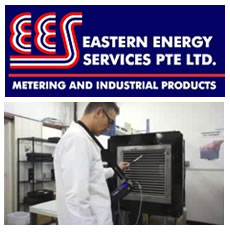
Air conditioner Anemometer with humidity and temp
Air conditioner Anemometer with humidity and temp HVAC/R technicians measuring Heat/Ventilation/ Air conditioning/Refrigeration wind flow and temperature in residential areas. For heating and cooling, air
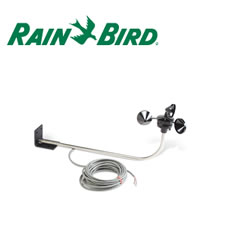
Anemometer Wind Speed Meter
The Rain Bird Anemometer provides additional customization to the Maxicom Central Control system by providing sitespecific windspeed measurements. Local wind speed is captured by the
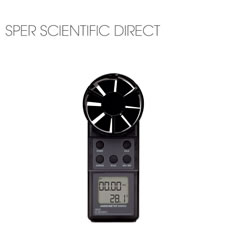
Anemometer / Thermometer 840003
Perfect for use in HVAC, environmental studies, hazardous spill clean ups, electrostatic precipitators, and all types of air flow measurements. Based on the principle that
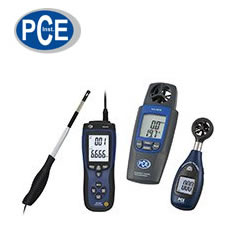
Anemometer
Depending on the type of application, the anemometer is made as a hot wire anemometer or a pocket weather anemometer, both of which can measure
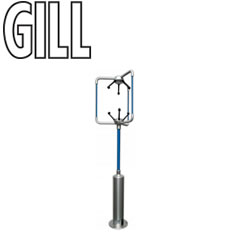
WindMaster 3D Sonic Anemometer
The WindMaster 3D sonic anemometer will monitor wind speeds of 0-50m/s (0-100mph), providing digital outputs for U, V, and W vectors. Outputs for Speed of


